
INDUSTRY SOLUTIONS
All Solutions
-
Optimizing Paper Machine Speeds
Unlocking Hidden Capacity
Learn MoreGlobally, paper mills face several hurdles that prevent them from operating at optimal speeds:
– 70% of paper machines run below their designed capacity due to aging equipment.
– A 10% increase in speed can lead to an 18-25% rise in break rates, affecting production stability.
– Inefficient drying processes can result in up to a 30% increase in steam costs.Our proven solutions have helped numerous mills achieve safe speed increases of 15-25% while maintaining operational stability and product quality.
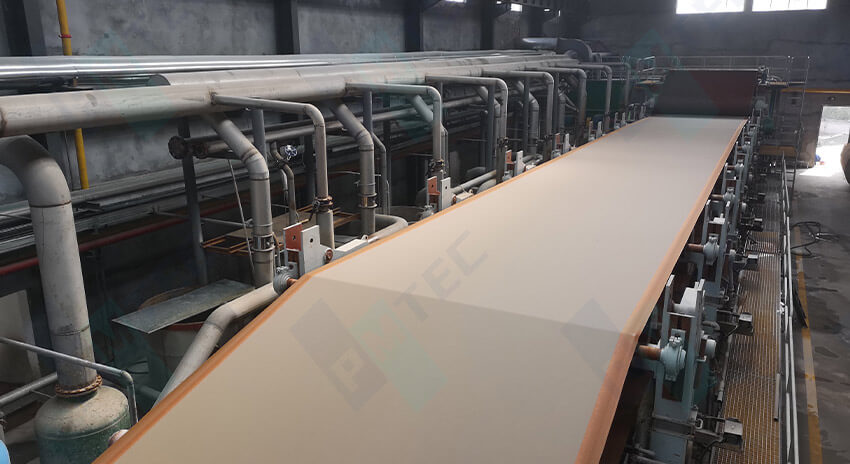
Maximizing Efficiency and Performance
-
Optimized Maintenance System Solutions
Global Paper Mill Equipment Management Upgrade Solutions Provider
Learn MoreDriven by aging machinery (45% of global paper equipment exceeds 15 years), a widening skills gap (8.3% annual talent attrition), and escalating lean production demands, systematic equipment management has become critical for paper manufacturers to:
– Reduce per-ton production costs (12-18% optimization potential)
– Ensure continuous operations (35%+ reduction in unplanned downtime)
– Preserve technical expertise (institutionalize knowledge beyond individual workers)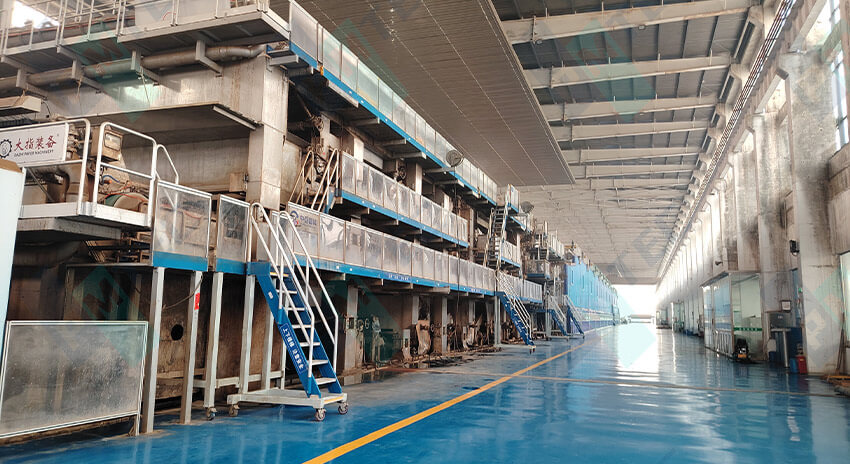
Built on Chinese Paper Industry Expertise
-
China-Based Operations Team Deployment Plan
Transferring Practical Know-How to Accelerate Ramp-Up in New Projects
Learn MoreIndustry Pain Points: Capability Gaps in Overseas Startups
• Data insight:
→ New mills require 6–8 months to reach design capacity, with 53% of time lost to team coordination issues
→ SOP deviation exceeds 25% in 72% of cross-border projects due to cultural differences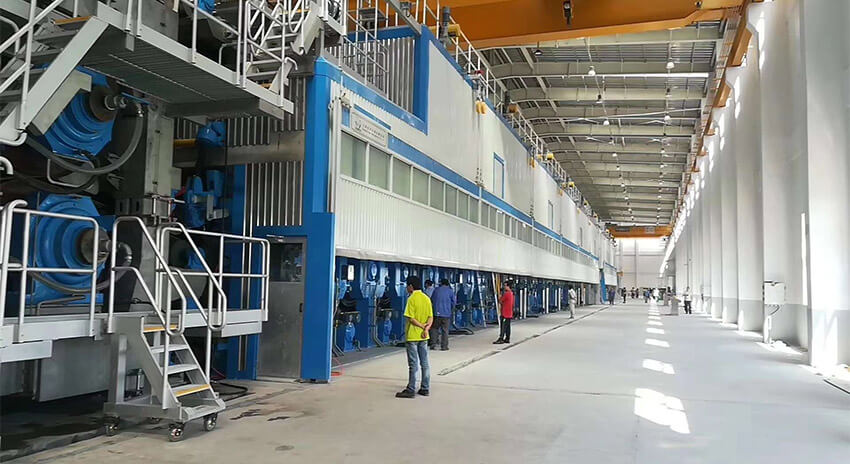
Chinese Operator Dispatch
-
Standardized Maintenance System for Equipment
Transforming from Emergency Repairs to Preventive Maintenance
Learn MoreIndustry Pain Points: Inefficient Traditional Maintenance Cycles
• Alarming data:
→ 56% of failures caused by improper lubrication, resulting in losses of over $180,000/unit annually
→ Non-standard maintenance leads to a 47% recurrence rate for similar failures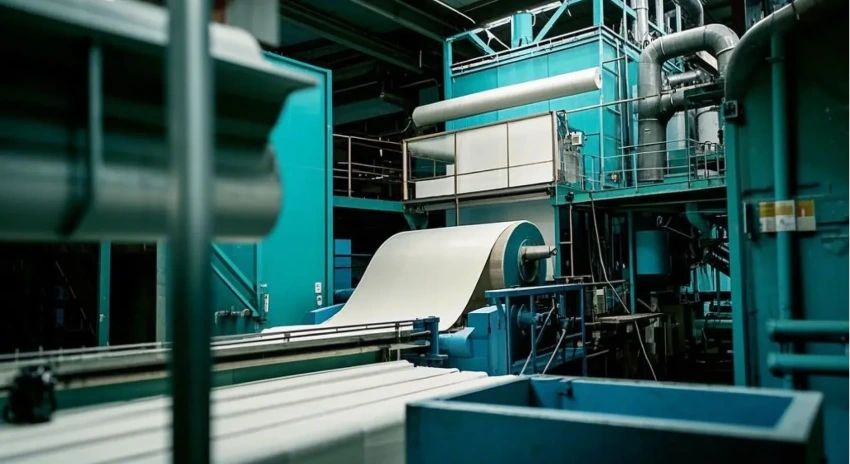
Chinese Operator Dispatch
-
Fault Prevention and Rapid Repair System
Building a Minute-Level Response Line of Reliability Defense
Learn MoreIndustry Pain Points: The Cost Sinkhole of Reactive Maintenance
• Alarming data:
→ Each unexpected shutdown causes an average direct loss of $8,200
→ 43% of secondary failures are due to incomplete initial repairs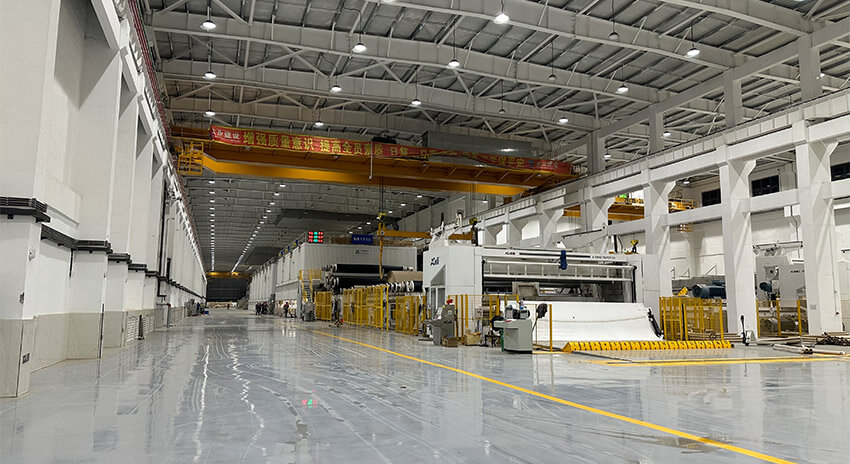
Breakdown Prevention & Repair
